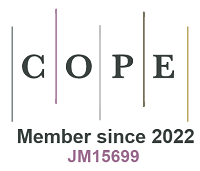Challenges of photocatalytic extraction of uranium: a review
Abstract
Nuclear energy, known for its low carbon emissions and high energy density, is considered one of the most promising future energy sources. However, the generation of nuclear waste and depletion of uranium resources, making the development of simple, efficient, and cost-effective uranium extraction methods critical for the sustainable development of nuclear energy and environmental recovery. Photocatalytic uranium extraction, as a straightforward, highly efficient, and low-cost technique, has attracted increasing attention from researchers. Herein, we provide a comprehensive overview of the mechanisms behind photocatalytic uranium extraction, summarizing the evolution of materials used in this process. It also evaluates the experimental progress in extracting U(VI) from real uranium-containing wastewater and seawater. Moreover, the review highlights the challenges currently faced by photocatalytic uranium extraction technologies, such as the stability and scalability of photocatalysts, and discusses future development directions. Additionally, modification strategies to enhance the photocatalytic performance of catalysts are summarized, with comparisons drawn between the strengths and limitations of various materials used for U(VI) extraction. This review concludes with an evaluation of the potential of photocatalytic technologies for large-scale applications and their role in addressing environmental concerns related to uranium extraction.
Keywords
Uranium extraction, photocatalysis, electron-hole generation/separation, structure regulation
Cite This Article
Xie Y, Chen H, Li J, Liu X, Hao M, Chen Z, Wang S, Wakeel M, Wang X. Challenges of photocatalytic extraction of uranium: a review. Chem Synth 2025;5:[Accept]. http://dx.doi.org/10.20517/cs.2025.16












